7 Root Veggies Not Worth the Hype and 5 You Absolutely Must Try
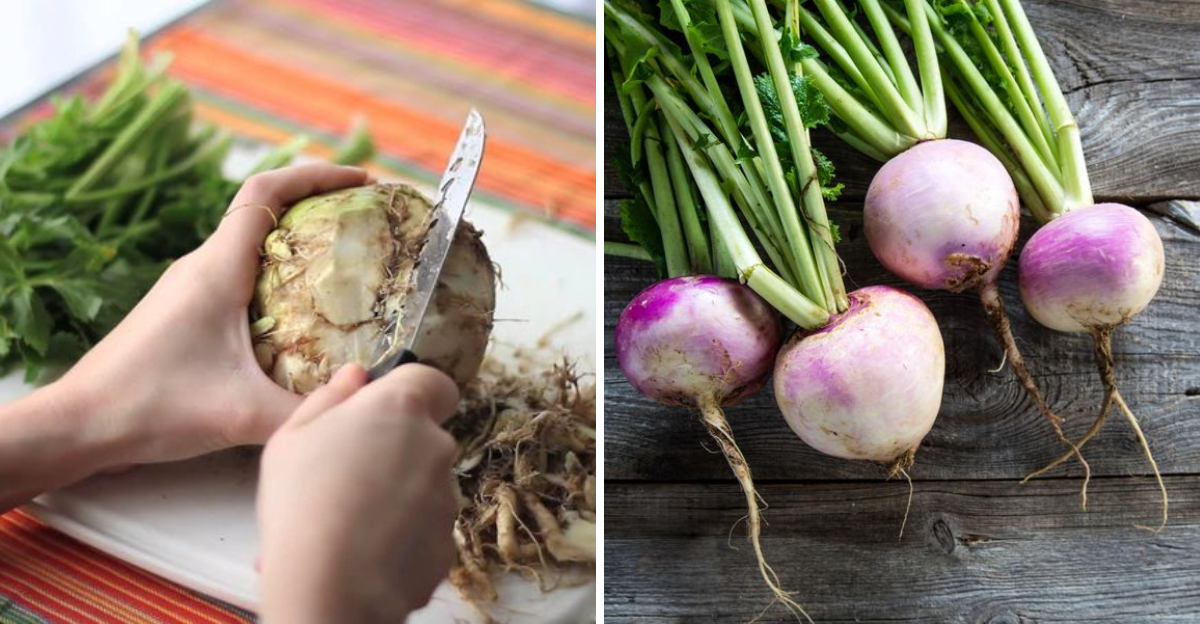
Root vegetables are a diverse group of plants that grow underground. While some offer a burst of flavor and nutrition, others can be a bit disappointing. Here’s a look at seven root vegetables that might not live up to the hype and five that deserve a spot on your plate.
1. Celery Root (Celeriac)
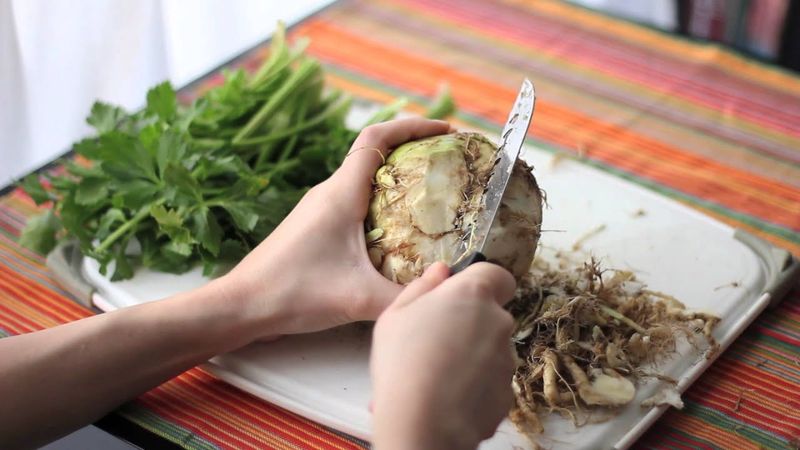
Celeriac is as challenging as it looks. Its rough, knobby exterior makes it a pain to peel, and the interior doesn’t always reward the effort. Imagine a faintly nutty potato, but without the satisfying fluffiness. Often, the subtle flavor fails to justify the extensive prep work.
Many home cooks find themselves questioning whether the taste is worth the hassle. Despite its popularity among chefs for purees and salads, it remains underwhelming in many dishes. Perhaps it’s a reminder that not all that’s popular is perfect for every kitchen.
Still, its unique taste has a niche following.
2. Turnips
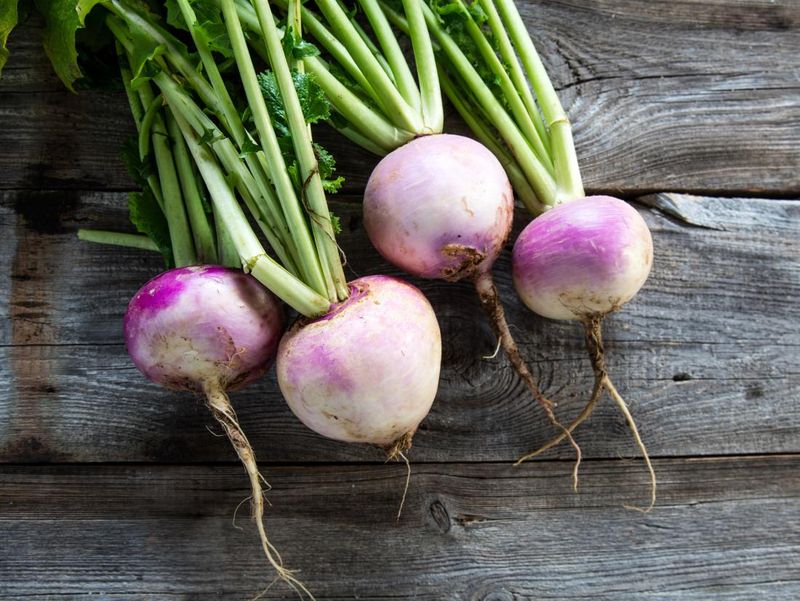
Turnips often sit awkwardly in the vegetable spectrum. Raw, they impart a harsh bitterness that can be off-putting. When cooked, they sometimes become watery and lose their identity, neither sweet nor savory enough to stand out.
Many folks have memories of being served bland turnip dishes, wondering why they were ever a kitchen staple. Perhaps it’s their mildness that makes them so forgettable. Even when dressed with herbs or spices, they struggle to be memorable.
Despite these drawbacks, turnips remain a staple in many traditional dishes worldwide.
3. Rutabagas
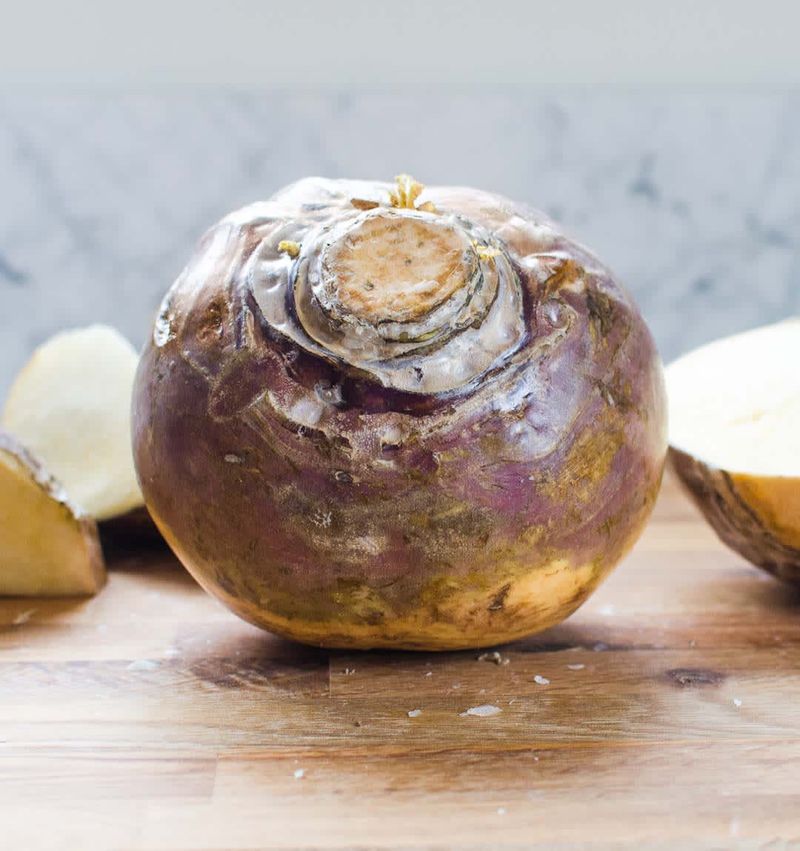
Rutabagas are often mistaken for their cousin, the turnip, but come with their own set of challenges. Their mildly sweet flavor is often overshadowed by their dense texture. Many find them forgettable unless drowned in butter or seasoning.
In many kitchens, they sit in the background, adding bulk but not much flavor. Still, there’s an audience for their unique taste, particularly in Scandinavian recipes where they play a starring role.
It’s a love-or-hate situation, where rutabagas are either cherished for their subtlety or dismissed as bland.
4. Jerusalem Artichokes (Sunchokes)

Jerusalem artichokes, or sunchokes, are an enigma. Their nutty flavor is unique, but they come with digestive risks. Known for causing discomfort, they’re as risky as they are intriguing.
Cooks often find themselves in a dilemma: Is the taste worth the potential aftermath? Despite the warnings, some are drawn to their crunchy texture and unusual taste when raw. Cooked, they offer a different experience, turning soft and slightly sweet.
For those willing to take the risk, sunchokes add a unique twist to meals, but caution is advised.
5. Daikon Radish (Raw)
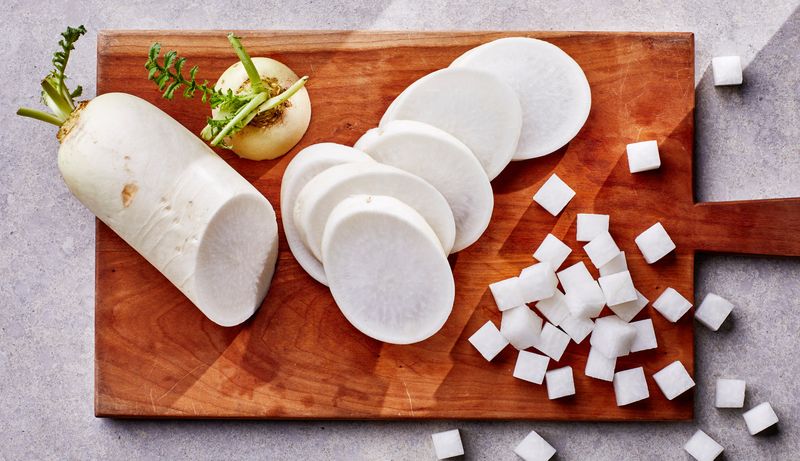
Daikon radish can be a puzzle. When raw, its spiciness can be overwhelming for salads. Cook it, and it turns bland, losing the edge that makes it interesting.
Many are left wondering how to best use this flavorful vegetable. Pickling it offers one solution, bringing out its natural flavors while taming its bite. But without proper preparation, it often feels like an awkward presence on the plate.
In the right hands, daikon can shine, but it requires a deft touch to balance its boldness.
6. Black Radish
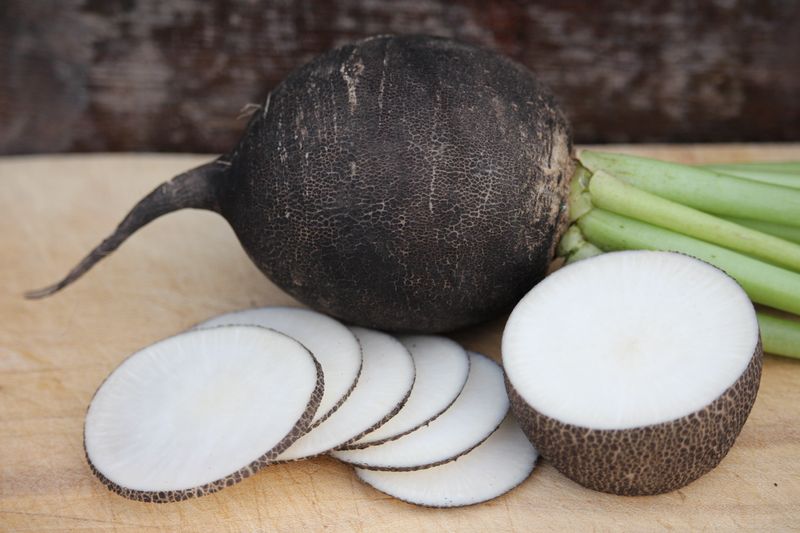
Black radish, with its tough skin and sharp flavor, is not for everyone. Its dryness makes it difficult to enjoy raw, requiring creativity to bring out its potential.
Some find its sharpness invigorating, while others ask why bother. It’s a challenge that only the adventurous take on, often grating it into salads or pairing it with creamy dips to balance its intensity.
The bold taste can be intriguing, but it’s an acquired taste, often overshadowed by more accessible vegetables.
7. Taro
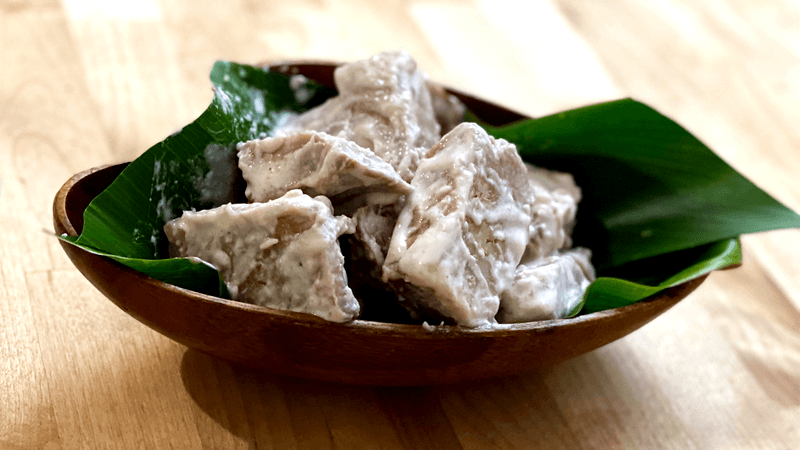
Taro is a staple in many cultures but can be bland when served alone. Its starchy texture needs flavor help to shine. Many find it requiring copious seasoning to be enjoyable.
Used globally in dishes, taro’s versatility is its saving grace. It absorbs flavors beautifully, making it perfect for savory and sweet dishes alike. But without the right preparation, it often feels dry and uninspiring.
For those willing to experiment, taro offers a canvas for culinary creativity, but it seldom stands alone.
8. Sweet Potatoes

Sweet potatoes are nature’s sweet gift. Naturally sweet and nutrient-rich, they transform when roasted or mashed. Their versatility makes them a staple in many homes, turning simple meals into delightful experiences.
Whether as fries, pies, or simply baked, they offer a comforting sweetness that’s hard to resist. Packed with vitamins, they’re not only delicious but also a healthy choice.
Their natural sugars caramelize beautifully, creating a depth of flavor that’s both rich and satisfying. Sweet potatoes are culinary chameleons, adapting to various cooking styles with ease.
9. Beets (Roasted or Pickled)
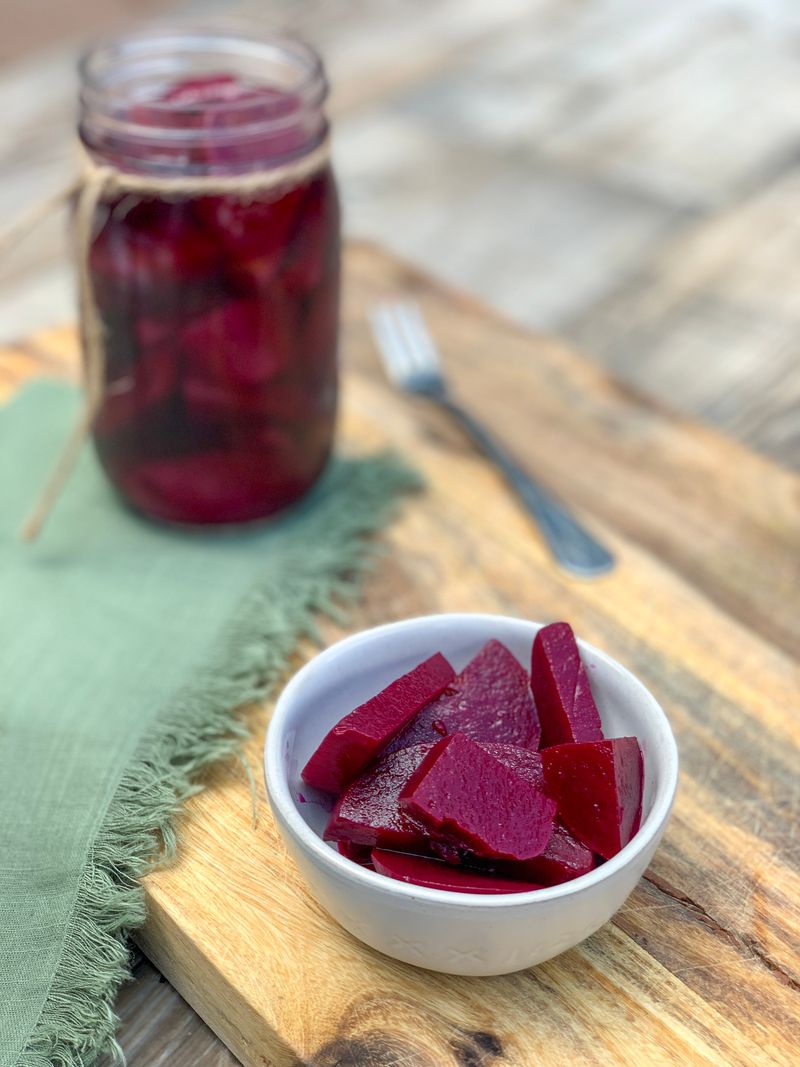
Beets are a feast for the senses. Earthy and sweet, they shine when roasted or pickled. Their vibrant color adds appeal to any dish, whether in salads or as a main feature.
Roasting enhances their natural sweetness, making them a delightful side. Pickling, on the other hand, offers a tangy twist that livens up meals.
Beyond their taste, beets are packed with nutrients, making them a favorite among health-conscious cooks. They bring a richness and depth to meals that few vegetables can match.
10. Carrots (Roasted with Herbs)
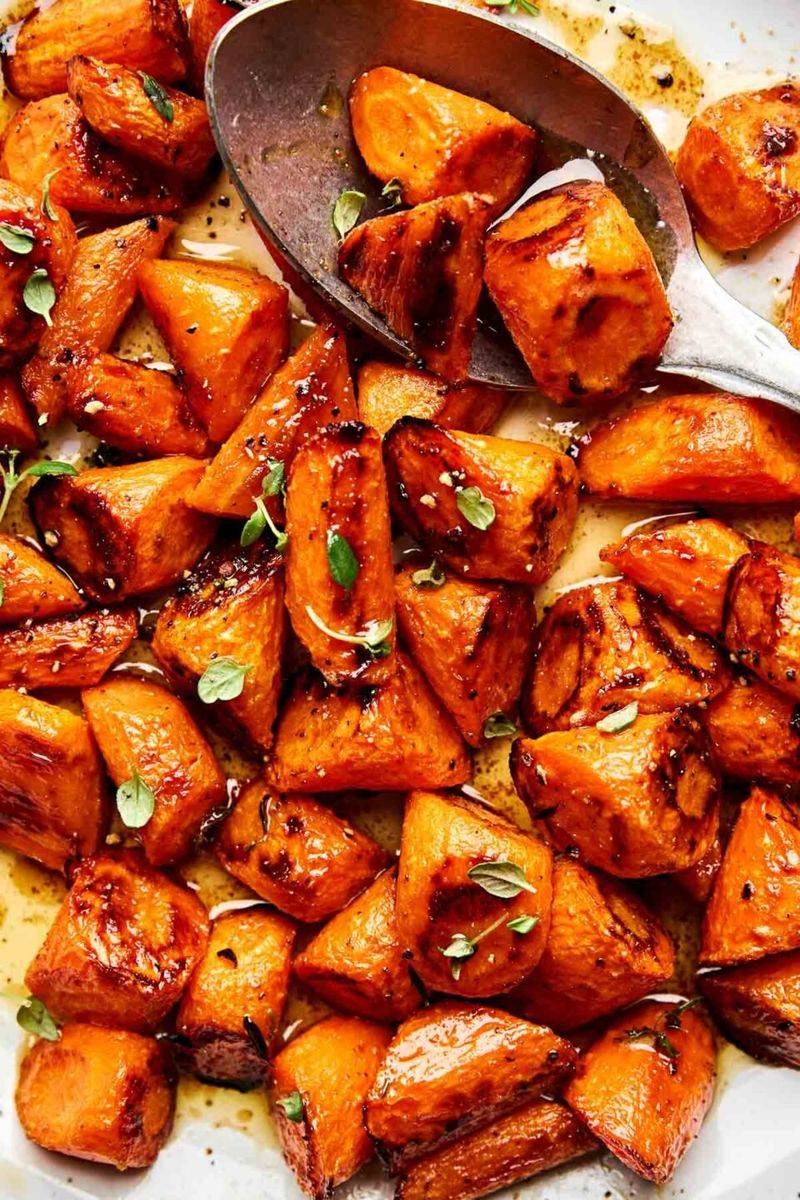
Carrots, often seen as basic, transform into a treat when roasted with herbs. Garlic, thyme, and olive oil elevate them to a new level. Their natural sweetness is brought out, turning them into a savory delight.
Roasting caramelizes them, creating a candy-like texture that surprises many. Easy to prepare, they’re a go-to for quick yet impressive sides.
Their humble nature belies their potential. In the kitchen, carrots are a canvas for flavors, ready to be enhanced by spices and herbs.
11. Parsnips

Parsnips, with their sweet and nutty flavor, are a winter favorite. Roasted to golden perfection, they caramelize beautifully, offering a rich taste that complements many dishes.
Their versatility shines in soups, where they add a comforting depth. When roasted, they become a delightful treat, often surprising those who underestimate them.
Once a staple in European diets, parsnips are making a comeback, appreciated for their unique taste and texture. They’re a testament to the beauty of simple ingredients.
12. Japanese Sweet Potatoes (Satsumaimo)

Japanese sweet potatoes, or Satsumaimo, offer a unique experience compared to their orange cousins. Denser and sweeter, they boast a chestnut-like flavor that’s truly special.
Roasted until their skin is crispy and insides creamy, they’re a delight to savor. Their natural sweetness is unmatched, turning simple preparations into gourmet experiences.
Loved in Japan for their versatility, they’re a revelation to those new to them. From snacks to desserts, Satsumaimo are celebrated for their exceptional taste and texture.
